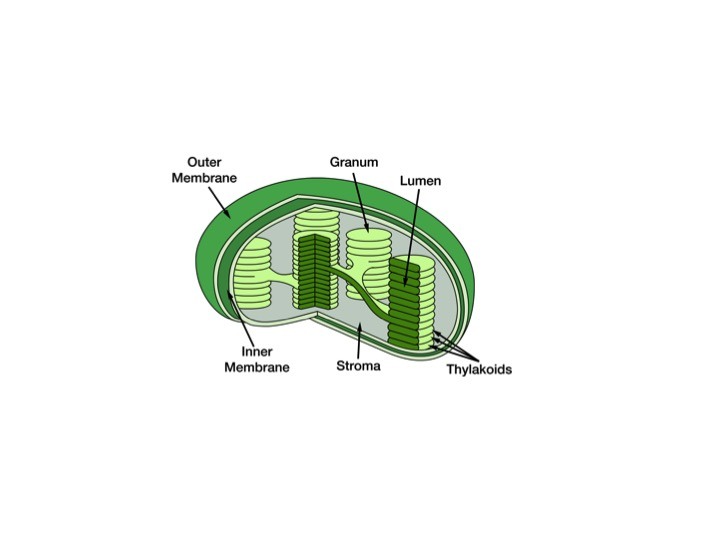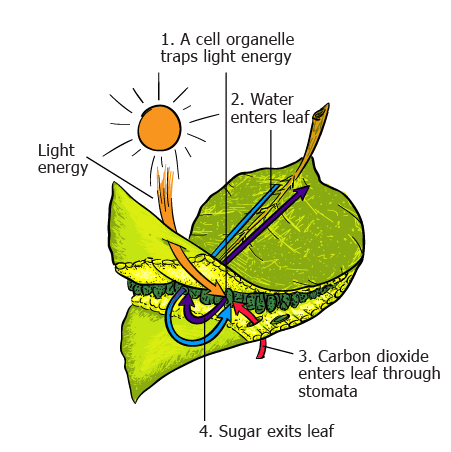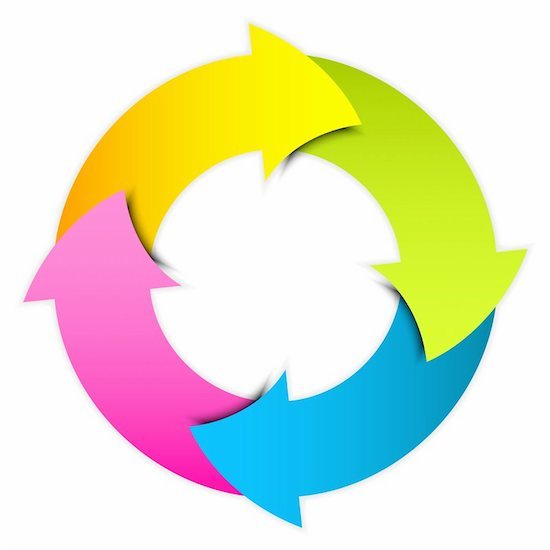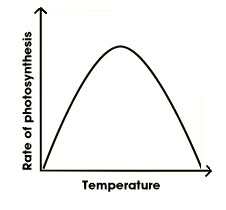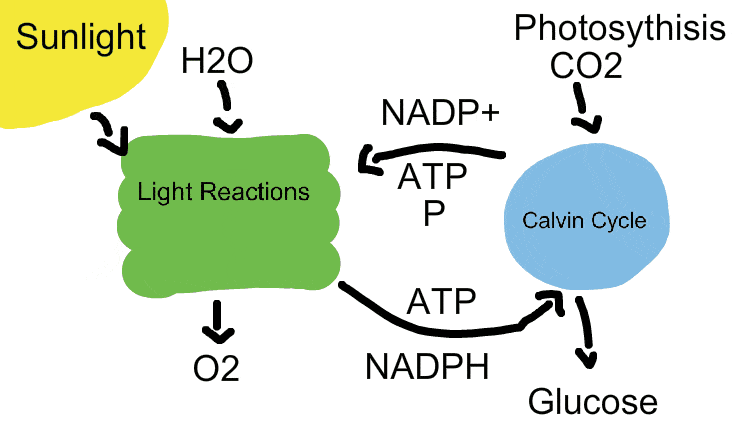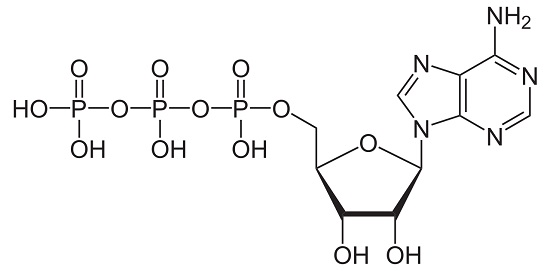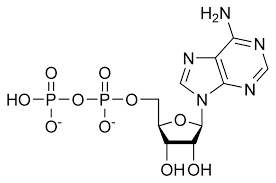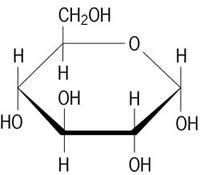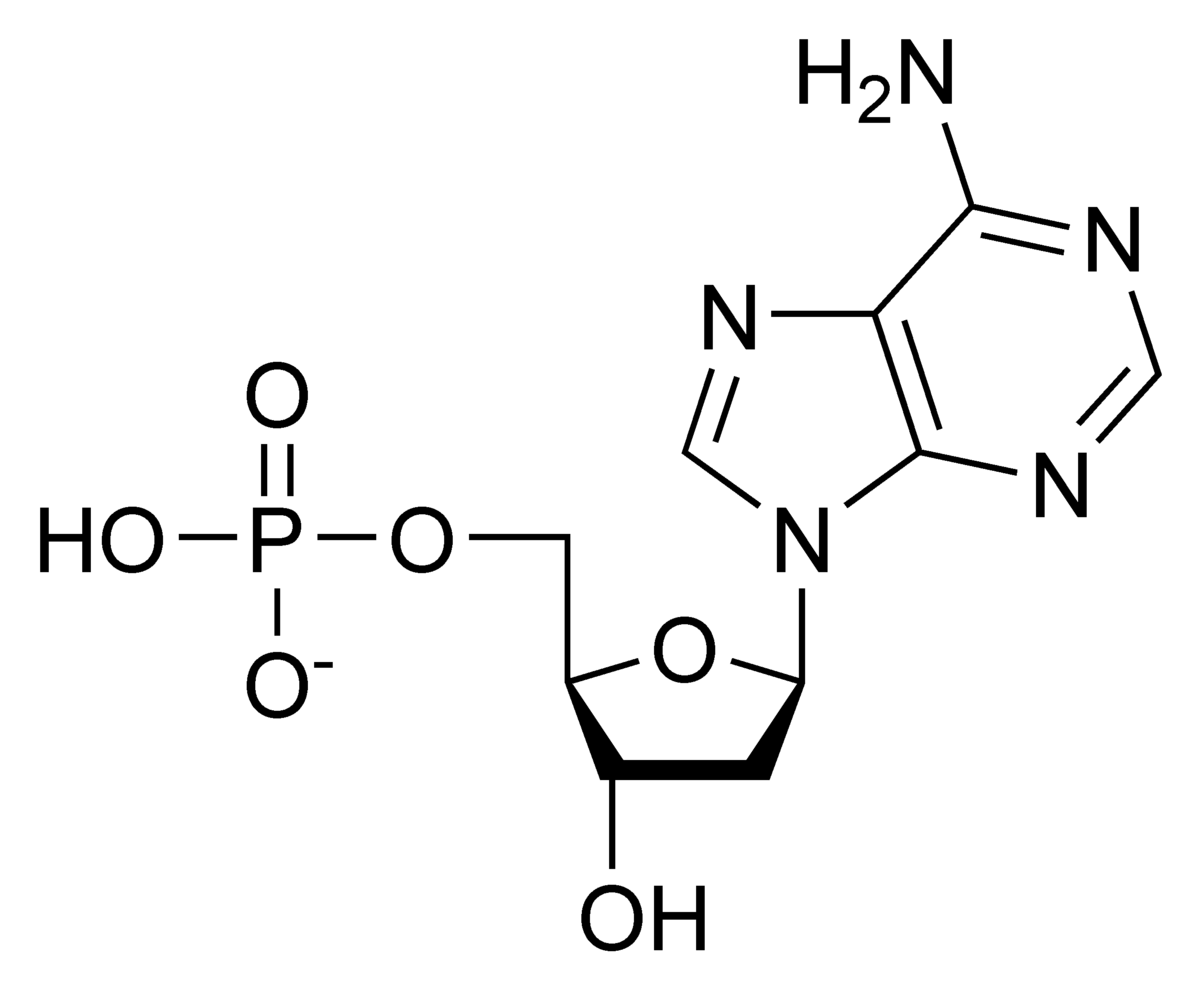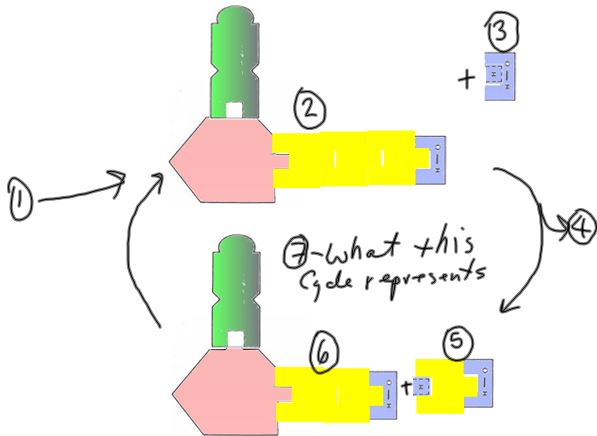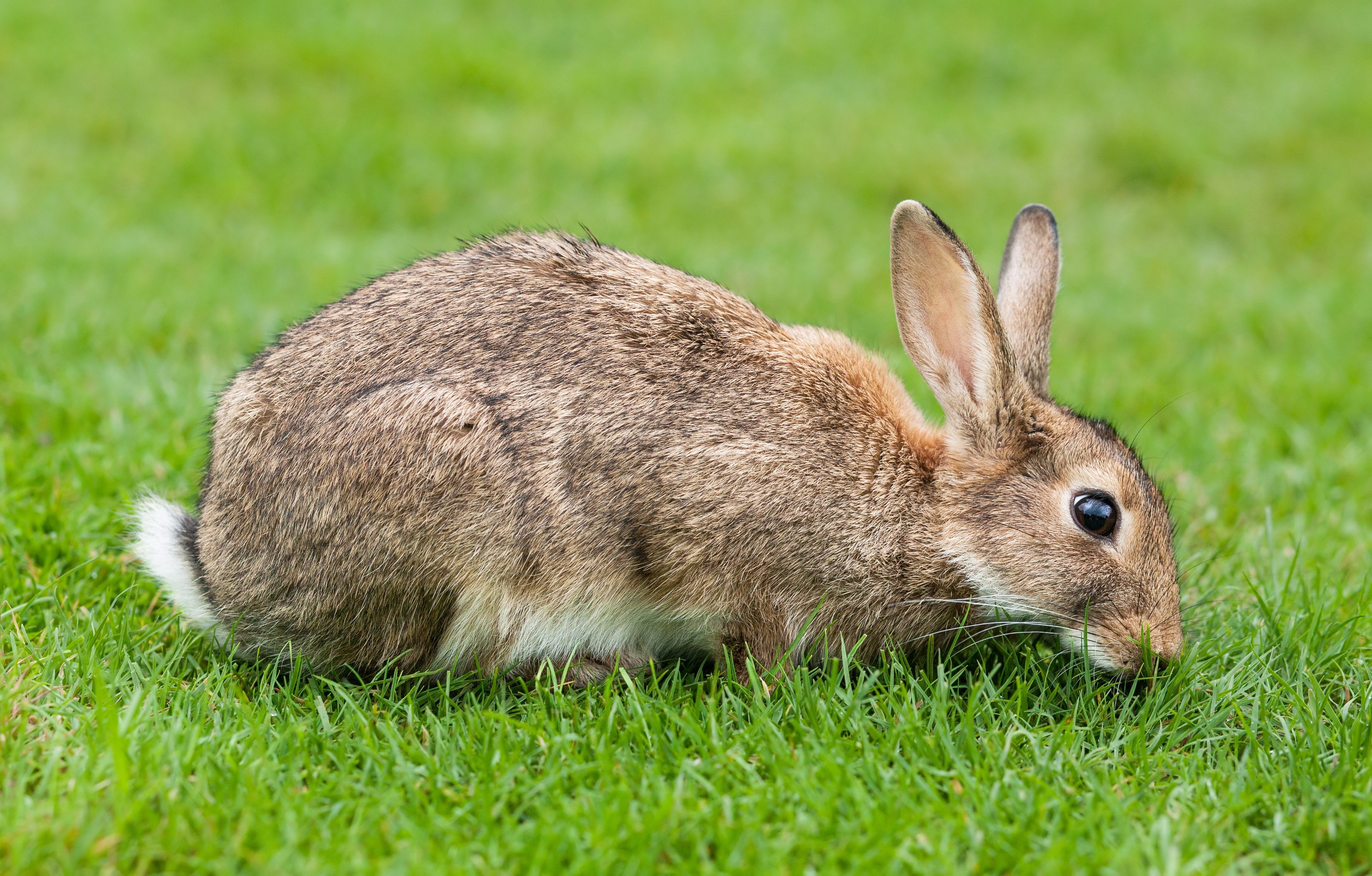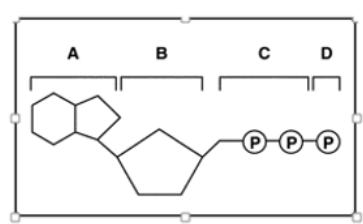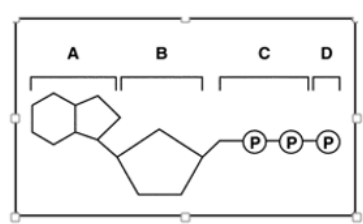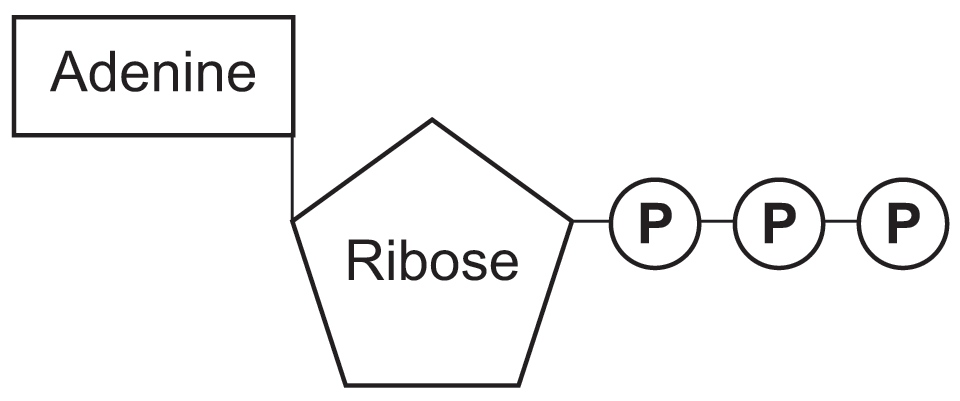
Photosynthesis Quiz
Assessment
•
Tekoa Williams
•
Biology
•
9th Grade
•
52 plays
•
Hard
Improve your activity
Higher order questions
Match
•
Reorder
•
Categorization
.svg)
actions
Add similar questions
Add answer explanations
Translate quiz
Tag questions with standards
More options
40 questions
Show answers
1.
Multiple Choice
1.During photosynthesis, plants absorb light energy from the
Sun and convert it into chemical energy in the form of glucose. Which
compounds combine in the presence of sunlight to form glucose?
carbon dioxide (CO2) and hydrogen (H2)
oxygen (O2) and carbon dioxide (CO2)
carbon dioxide (CO2) and water (H2O)
oxygen (O2) and water (H2O)
2.
Multiple Choice
Living organisms and artificial devices both use and store energy with various methods and structures. Which of the following is MOST like a green leaf during the daytime?
a person running along a track
a solar collector charging a battery
a person eating a hamburger at lunch time
a wind turbine generating electric current as it spins
3.
Multiple Choice
A blueberry bush uses energy from the Sun to make carbohydrates. Which set of energy transformations BEST describe this process?
radiant energy → chemical energy → nuclear energy
radiant energy → nuclear energy → chemical energy
nuclear energy → radiant energy → chemical energy
nuclear energy → chemical energy → radiant energy
4.
Multiple Choice
The following reaction occurs in plants.
CO2+water + sunlight→O2+water+sugar
This reaction is beneficial to plants because it
results in a net increase in the mass of the atoms.
produces chemical building blocks for proteins.
keeps ultraviolet light from damaging their cells
provides chemical energy to the cells.
5.
Multiple Choice
Which BEST describes the role of chlorophyll in energy conversion?
Chlorophyll converts chemical energy into radiant energy.
Chlorophyll excites photons of light energy and stores them.
Chlorophyll converts oxygen and nutrients in order to drive metabolic activities.
Chlorophyll absorbs light and converts it to chemical energy.
6.
Multiple Choice
Plants make sugars in the presence of sunlight in a process called photosynthesis. What form of carbon do the plants take in for this process?
glucose molecule
carbon dioxide
single carbon atoms
complex organic compounds

Explore this activity with a free account
Find a similar activity
Create activity tailored to your needs using
.svg)

Photosynthesis
•
4th - 8th Grade

Photosynthesis & Cellular Respiration
•
6th - 8th Grade

Carbon Cycle
•
9th Grade

Cellular Respiration
•
7th - 8th Grade

Photosynthesis and Cellular Respiration
•
9th Grade

Photosynthesis
•
9th - 12th Grade

Photosynthesis
•
University

Biogeochemical Cycles and Ecological Succession
•
10th Grade

